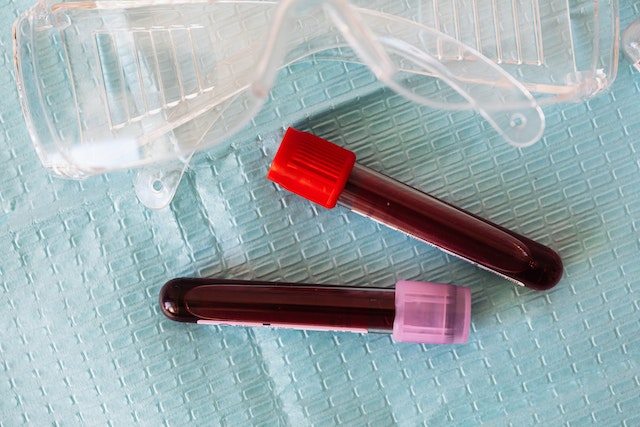
Does blood volume decrease if a limb is amputated? Yes. The kidneys will monitor the blood pressure and try to lower the volume of blood if it is too high.
People of the same weight and height don’t necessarily have the same amount of blood and the amount of blood a person has will vary slightly from day to day. However, on average, blood is about 7-8% of a person’s body weight, so a 70 kg male would have about 4.9 kg of blood, which is about 4.5 liters of blood. The largest part of blood is plasma, which is made up of water, salt, and enzymes. The rest of the blood is made up of platelets, red blood cells, and white blood cells.
If someone has a limb amputated, their blood volume will be reduced. When a limb is amputated, assuming no blood is lost, the body will move to reduce the amount of blood in the system. This is done via the kidneys. If we kept the same amount of blood, our blood pressure would be high, so the body fixes the situation. Our kidneys constantly monitor our blood, and they know how much salt and water are in the blood at any one time. If the amount of salt gets too high, or the amount of water gets too low, the kidneys will send a signal to the brain to make us drink more water. If the amount of salt is too low, the kidneys will make us seek out salt. If the amount of water is too high, the kidneys will remove it and make us urinate. After an amputation, there is more blood in the same space, which means there is too much water. The kidneys remove the water until it is just right, reducing the amount of blood. This only takes a few hours.
Some people that have a limb amputated have a lower blood pressure afterwards. This is because the heart doesn’t have to work as hard because it doesn’t need to push as much blood around the body. However, some people have higher blood pressure because their arteries are hardened near where the operation was performed.
When a limb is amputated the veins and the arteries have to be tied off as well. The arteries in our bodies carry oxygenated blood away from the heart to all parts of the body. The arteries nearest to the heart are big and they slowly branch out into smaller and smaller arteries that carry the oxygenated blood to different parts of your body. At the end of each small artery are blood vessels called capillaries. They are so narrow that they can’t take more than a few blood cells at a time. The capillaries carry the oxygen and nutrients in the blood to the cells that need them. The capillaries are connected to veins that send the blood that now has no oxygen back to the lungs and the heart.
When a limb is amputated, the artery that carried blood to the limb has to be severed. The artery is tied off just above where it is no longer needed. The blood coming down from the heart cannot continue along the artery because the rest of it no longer exists, but this is no problem for the body. Our bodies can grow veins and capillaries as they are needed. More capillaries would grow out of the artery at the point where it ends and carry the blood into the tissue. The capillaries would connect to existing veins or new blood vessels would grow to carry the blood away from the limb and back into the circulation.
Simplified biology textbooks tend to make the blood circulatory system look like a giant loop, but it is not like that. Capillaries carry the blood into the tissue from the arteries and veins pick it back up and send it to the heart. It is all adaptable and if you have a limb amputated, it simply reroutes itself. The body really is an amazing thing.
Thanks to modern medicine, amputation has come a long way. The risks are much lower than they used to be. And prosthetic and bionic limbs are also improving. These days, prosthetic limbs can be 3D printed to exactly fit the user’s body, reducing pressure sores and pain. They can be made out of composite materials so that they are hard where the body is soft and soft where the body is hard. Bionic limbs, although still very expensive, are improving. Sensors placed on the skin can pick up electrical signals from the nerves, moving the artificial limb, as though it were a real limb. They take a lot of practice and they are not very responsive yet, but they get better every year. And this is what I learned today.
Sources
https://www.stanfordchildrens.org/en/topic/default?id=what-is-plasma-160-37
https://www.ncbi.nlm.nih.gov/pmc/articles/PMC3201099/
https://cvphysiology.com/Blood%20Pressure/BP025
https://www.innerbody.com/anatomy/cardiovascular/arm-hand
https://www.webmd.com/heart/difference-between-arteries-and-veins
https://www.betterhealth.vic.gov.au/health/conditionsandtreatments/circulatory-system
https://researchfeatures.com/future-bionic-limbs/
